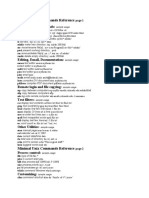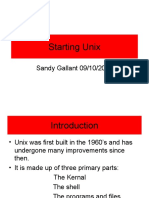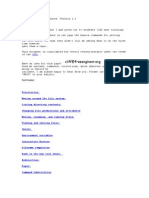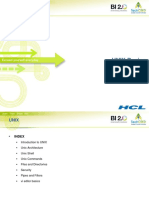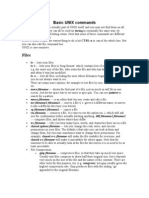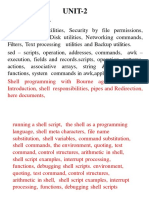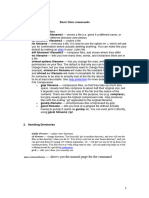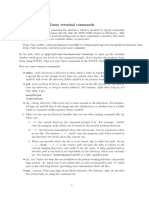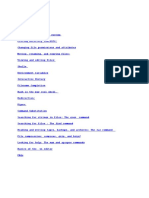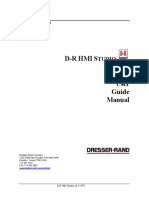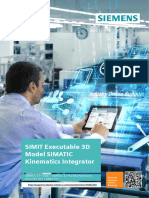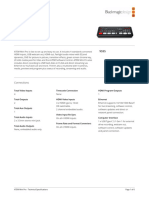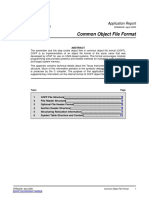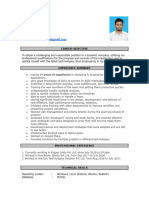0% found this document useful (0 votes)
86 views14 pagesUNIX Command Summary
This document provides a summary of common UNIX commands:
1) The ls command is used to list directory contents, mkdir creates directories, and rm removes files or directories.
2) Commands like more, man, and cat allow viewing file contents, more displays one screen at a time.
3) Other common commands are cp to copy files, mv to move them, and grep to search file contents for a string.
Uploaded by
Nagarjuna_gr8Copyright
© Attribution Non-Commercial (BY-NC)
We take content rights seriously. If you suspect this is your content, claim it here.
Available Formats
Download as DOCX, PDF, TXT or read online on Scribd
0% found this document useful (0 votes)
86 views14 pagesUNIX Command Summary
This document provides a summary of common UNIX commands:
1) The ls command is used to list directory contents, mkdir creates directories, and rm removes files or directories.
2) Commands like more, man, and cat allow viewing file contents, more displays one screen at a time.
3) Other common commands are cp to copy files, mv to move them, and grep to search file contents for a string.
Uploaded by
Nagarjuna_gr8Copyright
© Attribution Non-Commercial (BY-NC)
We take content rights seriously. If you suspect this is your content, claim it here.
Available Formats
Download as DOCX, PDF, TXT or read online on Scribd
/ 14

